 |
 |
CHENOPODIUM AMBROSIOIDES L. - WORMSEED.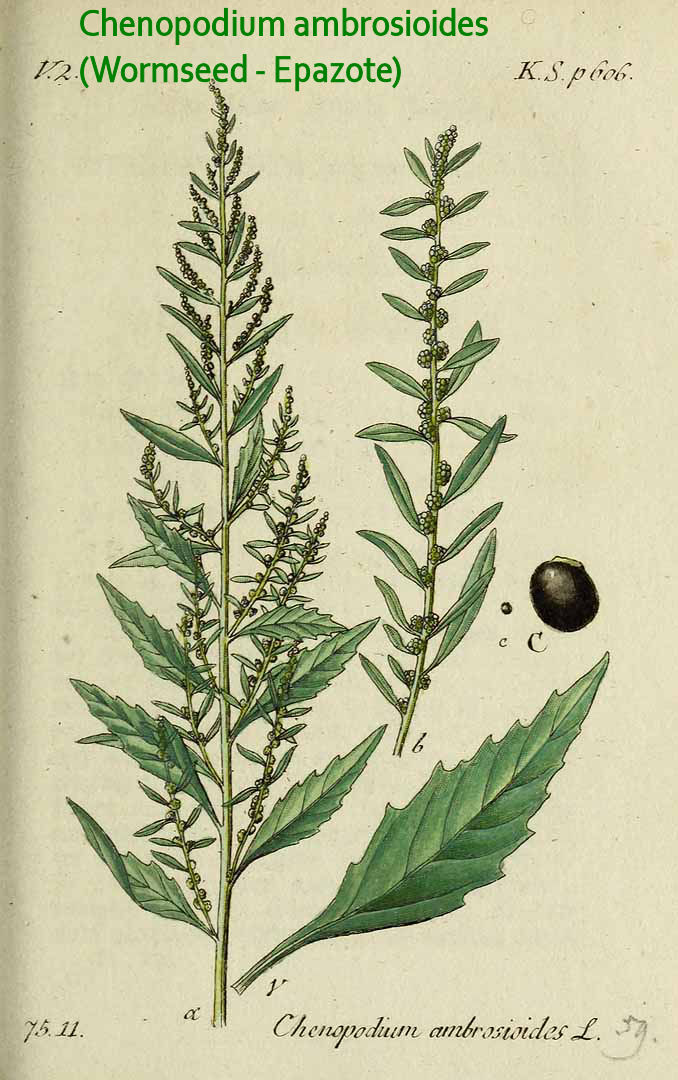 Synonym
SynonymChenopodium anthelminticum L. Common name Wormseed, Mexican tea, sweet pigweed, West Indian goosefoot, ambrosia, epazote, yerba de Santa Maria, paico, apazote, L' anserine vermifuge, mastruz, wormzaad, wormgrass, Jeruzalem oak, Thé du Mexique, Mexicanisches Teekraut. Family Chenopodiaceae (Goose-foot family). Overview A small perennial tropical herb with a grooved, much branched reddish stem and a strong disagreeable scent, growing up to 4' tall. Epazote has toothed oval leaves and small green flowers growing in long spikes. The essential oil, derived from the aerial parts is called Oleum Chenopodii (oil of chenopodium). The seeds, very small and black, contains a toxic essential oil. An overdoses can result in poisoning and death. The active ingredient in wormseed is ascaridol, a volatile oil. For more information in the phytochemistry and pharmacology, please, visit the MEDICINE FROM NATURE" page. Medicinal applications 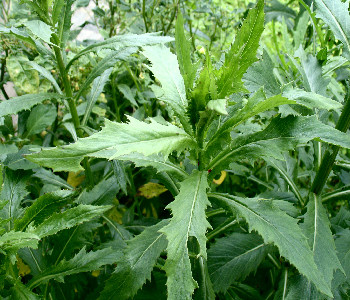 Amebicide, dysentery, stomach ache, vermifuge, analgesic, abortifacient, emmenagogue,
rectal bleeding, remedy for ascariasis, also used as a cardiac stimulant.
Amebicide, dysentery, stomach ache, vermifuge, analgesic, abortifacient, emmenagogue,
rectal bleeding, remedy for ascariasis, also used as a cardiac stimulant.Wormseed is still used as an anthelmintic in South America; however there are some risks involved since the oil from Epazote is an acid and very toxic. Other uses Epazote herb is used as a spice (leaves, flowers and unripe fruits) in the Mexican cuisine in salad and mint dishes. It is also used in soups, moles and bean dishes; it has a somewhat tangy flavor, reminiscent of Oregano. However, it also often compared to cilantro. Suriname's Traditional Medicine Wormseed is used as an anthelmentic. Visit also our APPLICATION & DOSAGE -, CHOLESTEROL -, DIABETES - , HYPERTENSION - , SPICE - and TINCTURE pages. Hardiness USDA zone 8 - 11. Propagation Seeds and cuttings. Culture Full sun, pH 5.2 - 8.3, moist soil. Plant only after last expected frost. |
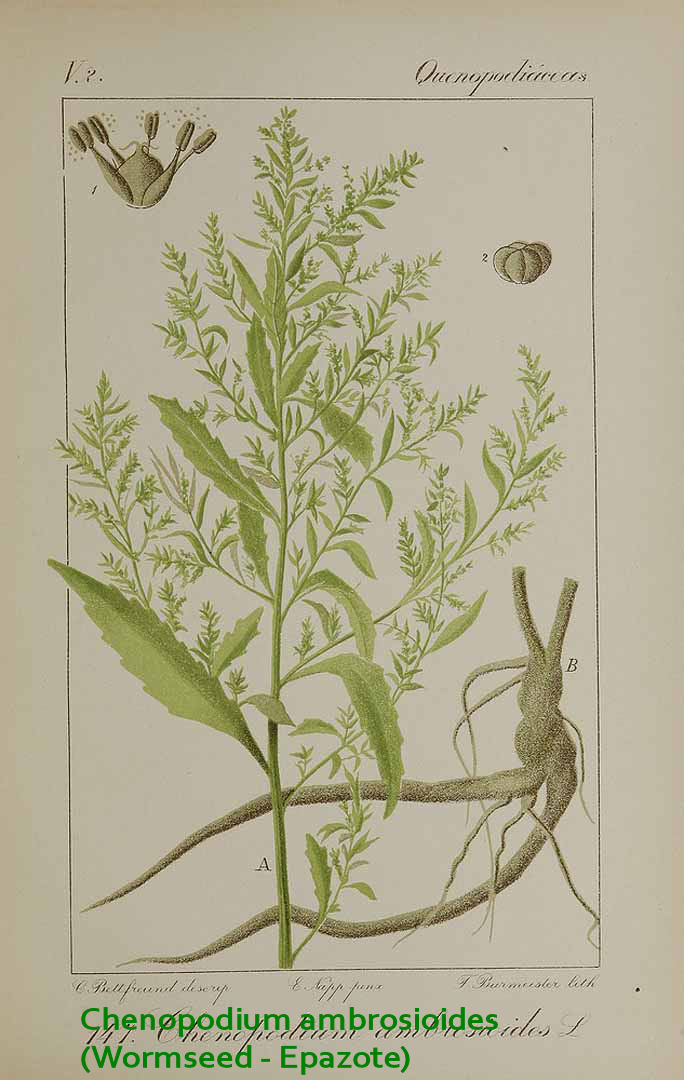
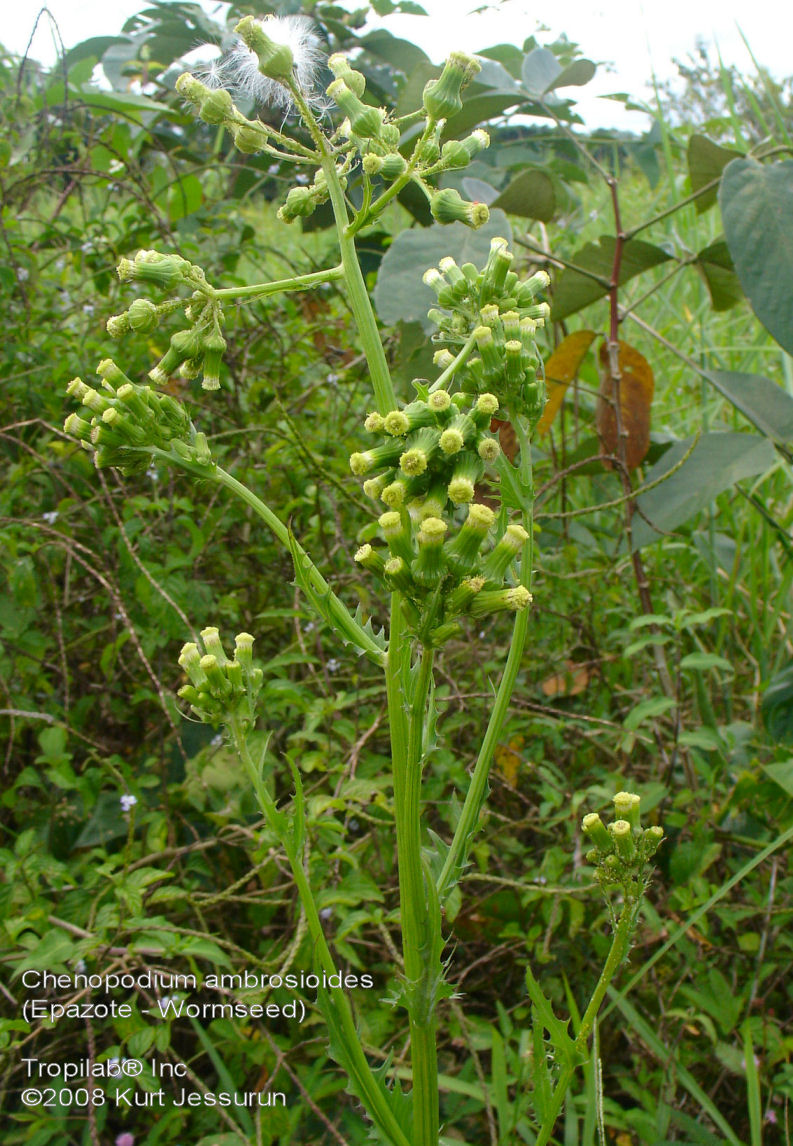
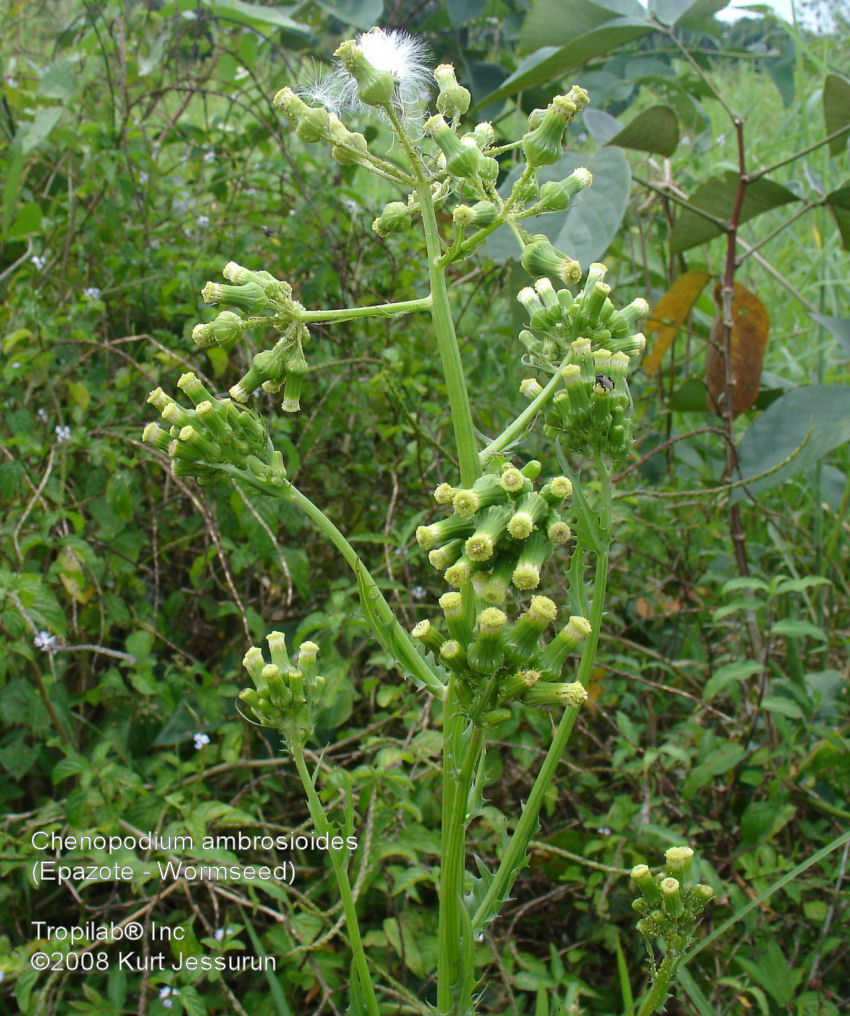
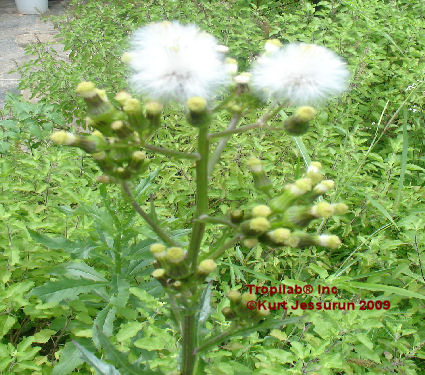
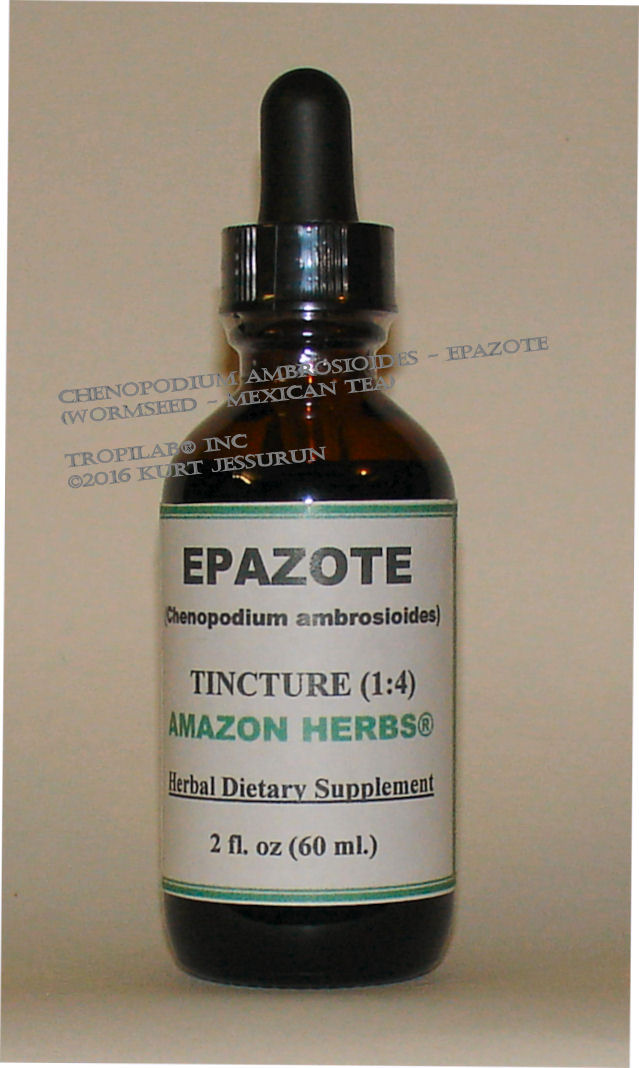
|
|
For the right freight rate, shipping charges, conditions and delivery service, please visit our Webstore page! |